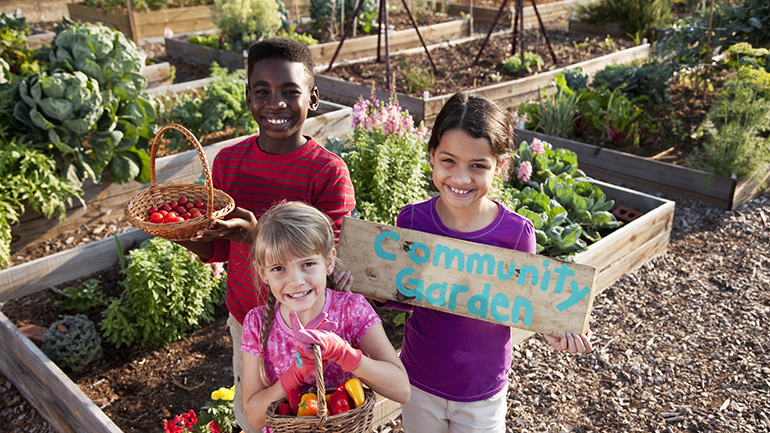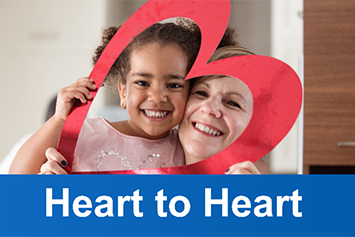
“You mean potatoes don’t come from a box?” This was the question a nine-year-old once asked me during a supermarket tour while holding a potato and looking at it as though she’d never seen one before.
Over the course of other tours, I’d heard many similar questions from children, such as: “What’s a cabbage?”, “I thought yams were only fries?” and “How do you open an egg?”
Their questions could have been because they were from other parts of the world where these foods are not common. But in some cases, it was because they were disconnected from the food on their plates and not understanding the connection between growing, producing and preparing food.
Food literacy means having the knowledge, attitudes and skills needed to grow, choose, prepare and enjoy food to best support one’s health, community and the environment. This includes knowing how to store and prepare food safely as well as how to budget for food shopping.
Food literacy is also the understanding that healthy eating is about more than nutrition. It’s also about enjoyment, culture and tradition.
“We should not feel the need to label foods as ‘healthy or unhealthy’ nor decide to eat certain foods and avoid others based solely on their nutritional content or label foods as ‘healthy or unhealthy’ or ‘good and bad,’” says Registered Dietitian Deanna Tan. “Instead we want to encourage kids to recognize foods as neither good or bad, just nutritionally different.”
Having a neutral attitude about food allows kids to enjoy eating a variety of foods without guilt and sets them up for a positive relationship with food.
Food literacy skills take time to learn, and while schools provide some food learning opportunities, evidence suggests food learning opportunities at home are more effective in the long term in helping children gain the knowledge and the skills needed to become food literate.
Why not get started this summer helping your school-aged children build their food literacy?
Here are five simple tips to try:
- Eat together. There are many benefits to eating together, including better nutrition, better school performance and better social adjustment for both kids and adults. Make mealtime an electronics-free zone. Electronics will take away precious family time and the opportunity to connect and talk about each person’s day.
- Plan family meals. Have your child help you plan meals together but don’t focus on making “healthy” meals. Appreciate the time spent with your child. This positive memory and association with food is impactful and supports them in becoming competent eaters.
- Let your child help with cooking. Children can measure, stir, mix and even chop foods, depending on their age. Teach your child to follow a recipe and you will also be teaching them math, reading and time management skills. Using measuring cups and spoons brings real-life application to their math fraction homework.
- Invest in a slow cooker. Slow cookers and instant pots are helpful in stretching your food dollar as well as in preparing meals with very little effort. Try making a hearty lentil soup or chili. Children love throwing things in the pot and watching it come out as dinner.
- Plant a garden or visit a local farm. Children learn about food production while they help tend to the garden by watering, weeding and harvesting the ripe veggies. If you can’t plant a full garden, try just a couple of easy-to-grow vegetables or herbs. If you don’t have a backyard, many veggies and herbs grow happily in a container on a sunny patio. Some veggies grow easily and without much attention, such as lettuce, kale, spinach, carrots, peas, beans and cherry tomatoes. In addition, take advantage of the warm weather and visit a local farm to see how food is grown.
By trying one of these tips, you’ve taken a step towards helping your child gain life skills that will help them become food literate.


